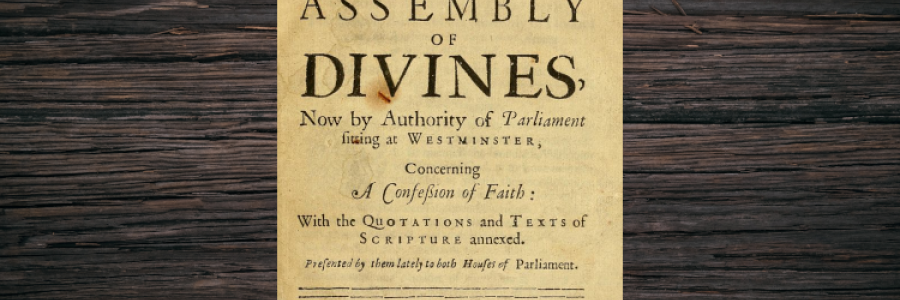The Risky Upside of Missionary Biographies
Reposted from Rooted Thinking
Eighteen-year-old Sarah Hall curled up in her New England home, her legs tucked beneath her voluminous 1700’s skirt.1 Neither the chill of the room nor the hardness of the wooden chair distracted her from her book. She barely noticed her younger brothers and sisters as they noisily went about their business in the common room. The hardbound volume, stiff with newness, recounted the life of the recently deceased missionary Samuel Mills.




Discussion